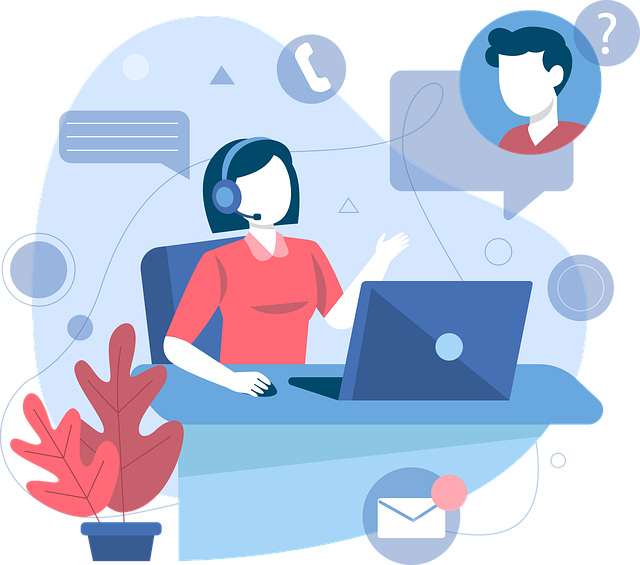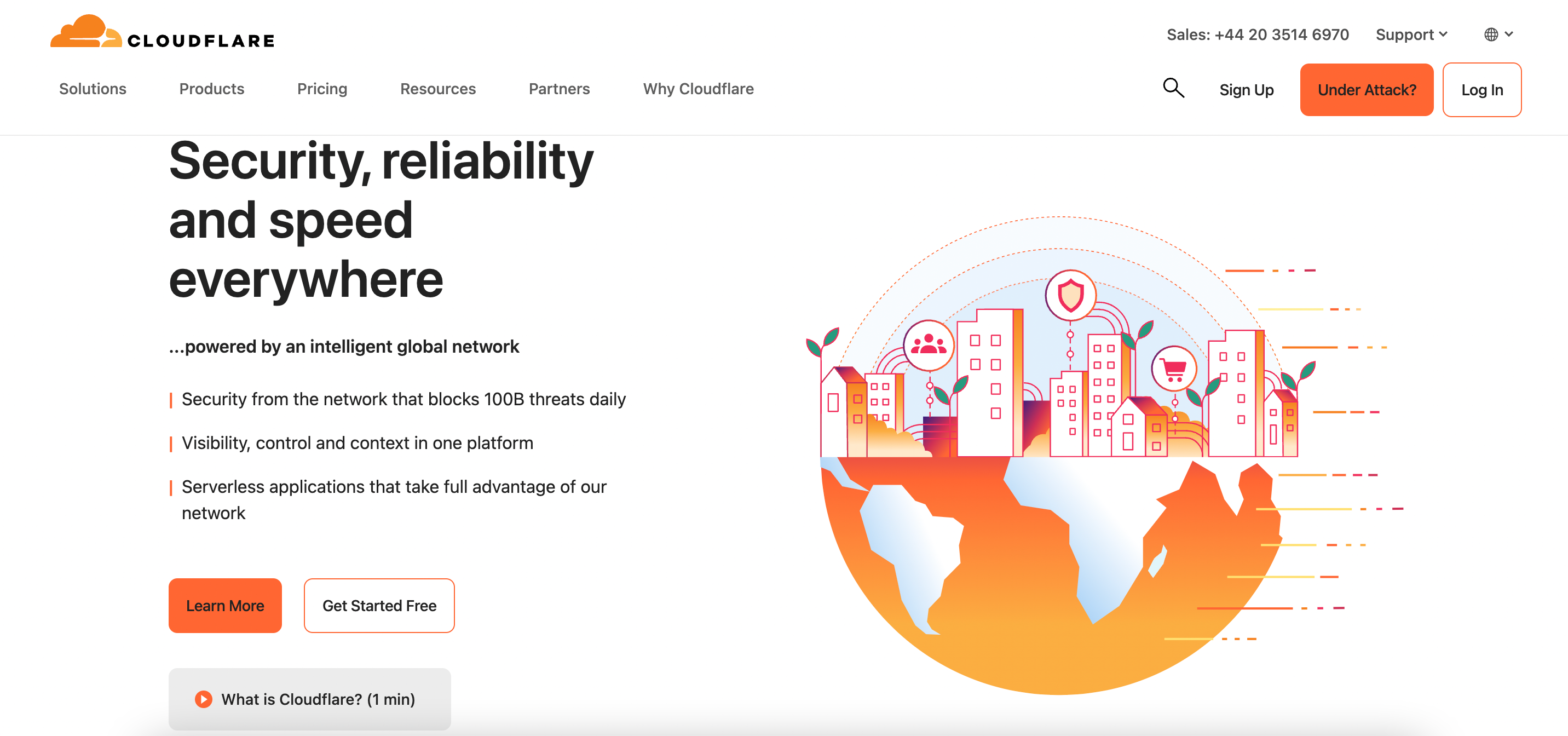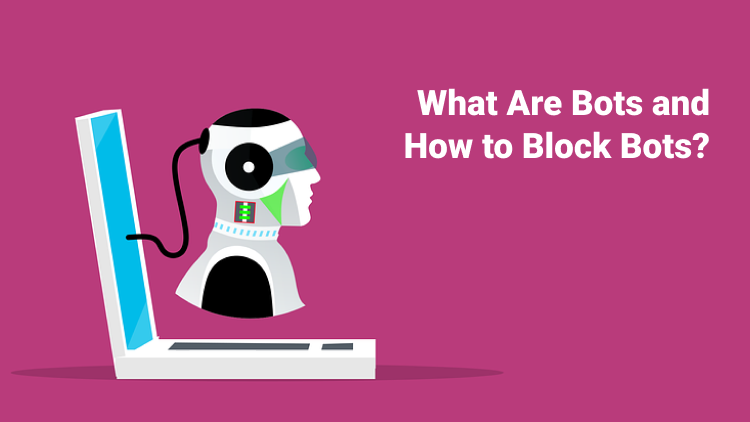How to Block Bots on Your Website? What Are They?
- What Are Bots?
- Are There Bad Bots?
- How Do Bots Work?
- What Do Bots Do?
- How to Tell If Your Website Has Bot Traffic?
- A 4-Step-Guide to Block Bots
- Conclusion
How to block bots? Understanding bots and implementing defenses to protect your website is crucial for safeguarding its speed, users, and security.
It’s important to be aware of how bots can discover your site and the potential negative impact they can have on your online marketing efforts. Let’s delve into the concept of bots and explore effective measures you can take to shield your website.
What Are Bots?
Bots, short for “robots,” are software applications or scripts that automate tasks on the internet. These automated programs are designed to perform specific actions or mimic human behavior to interact with websites, apps, or other digital platforms. Bots can be created for various purposes, both legitimate and malicious.
Are There Bad Bots?
Yes. Malicious bots, also known as “bad bots,” are designed to perform harmful actions without the user’s consent or knowledge. These bots can engage in activities like web scraping (extracting data from websites), launching DDoS attacks (Distributed Denial of Service), spreading spam or malware. They can also engage in fraudulent activities such as account takeover or click fraud.
It is crucial to understand that not all bot traffic is bad bot traffic and driven by malicious intent or controlled by hackers. In fact, bots can have neutral or even beneficial purposes. For example, search engines utilize bots to index websites, enabling efficient search functionality. These bots play a helpful role in organizing and categorizing online content for users’ convenience.
How Do Bots Work?
As previously mentioned, bots are typically software scripts designed to perform repetitive tasks. They can be deployed by individuals for various purposes, whether helpful or harmful.
Nevertheless, bots have evolved to incorporate advanced technologies like artificial intelligence (AI) and machine learning. This advancement has led to the development of more sophisticated bots.
For instance, chatbots employed by e-commerce brands utilize AI or machine learning to learn from human interactions and provide improved customer service experiences to their audience. These AI-powered chatbots can understand and respond to user queries, facilitating efficient communication and enhancing customer satisfaction.
What Do Bots Do?
As mentioned previously, bots can serve useful purposes, there are search engine bots crawling for new sites, facilitating search engine indexing, and enhancing customer experiences. However, it’s important to recognize that bots can also be malicious and pose challenges to your website or online presence.

Some bots are specifically designed to crawl websites and illicitly obtain sensitive information like passwords, personal data, or identifiable information. They can also carry out harmful attacks on websites, computers, and other systems. Certain bots can become increasingly sophisticated, executing a series of calculated steps to create chaos for individuals or organizations.
Moreover, bots can be utilized to artificially inflate online interactions. This can involve flooding a webpage or forum with comments, artificially increasing purchases or popularity to generate interest, boosting social media interactions to enhance visibility, or employing other tactics to manipulate the system and gain an unfair advantage.
Is There a Way to Tell If Your Website Has Bot Traffic?
If you suspect that there is malicious bot traffic on your website, there are several indicators you can watch out for. These signs can serve as an initial starting point for investigation. Here are a few to consider:
- Excessive commenting: Look for an unusually high number of comments on your blog or other pages, especially if they appear to be automated or lack coherence.
- Unreadable or non-human-generated comments: Pay attention to comments that seem nonsensical, filled with random characters, or lacking human-like language patterns.
- Comments with excessive linking or obvious spam: Take note of comments that contain an excessive number of links or promote unrelated products/services. These are often signs of spammy bot activity.
- Sudden or significantly high bounce rates: Monitor specific pages that experience a sudden increase in bounce rates, indicating that visitors are leaving your site quickly. This may suggest bot-driven traffic.
- Unexpected surge in sign-ups: If you notice a sudden and significant increase in sign-ups for your newsletter or other forms, especially if the information appears to be non-human-generated, it could indicate bot involvement.
- Suspicious email sign-ups: Be wary of email sign-ups that seem automated or contain nonsensical email addresses.
- Unauthorized login attempts: Keep an eye on login attempts from unknown sources or repeated failed login attempts, which could signal bot-initiated attacks.
- Any other suspicious activities: Be vigilant for any other abnormal activities on your website that appear suspicious or fishy in nature.
By monitoring and investigating these signs, you can identify potential bot activity and take appropriate measures to mitigate their impact on your website and online presence.
A 4-Step-Guide to Block Bots
1. Identify the Problem. How Big Is It?
Before taking any action, it is crucial to assess the current situation on your website. Are you facing a substantial bot-related issue, or are you simply observing an increase in activity?

There can be good, neutral and bad bots.
If you have discovered that your website has been compromised or certain sections of your website are infected and experiencing functionality issues, it is advisable to take prompt action to secure your website and restore its proper functioning. In such cases, you may want to skip ahead to the later steps outlined here and initiate immediate measures to address the situation.
2. What Is the Source? Make a Plan to Be Up-to-Date
Once you become aware of the presence of bothersome web bots on your website, it is important to conduct a thorough investigation on bot behavior and determine their source and origin.
To gather relevant data about the visitors to your site, you can analyze information from sources such as Google Analytics, web server access logs, or email notifications related to login attempts. Look for patterns or repeated occurrences of the same IP addresses.
If you have already experienced an attack, it is crucial to take immediate action to rectify the issue and address any vulnerabilities in your website to prevent further problems. Even if you haven’t encountered an attack yet, it is advisable to proactively search for potential vulnerabilities.
Keeping your website and all its integrations up to date is essential. Ensure that you regularly update your website’s platform, whether it’s a website CRM provider or a content management system like WordPress. Stay current with the latest releases, including theme updates and plugin patches, so you can be aware of known security vulnerabilities and strengthen your website’s defenses.
3. Add CAPTCHA Tools
To prevent bots from accessing and engaging with specific sections of your website, such as sign-ups, contact pages, and purchase options, you can implement measures to ensure that only human users can perform these actions.
One effective method is to utilize CAPTCHA. Which requires users to complete a challenge or specific action to prove their human identity. By incorporating a CAPTCHA tool, like Google reCAPTCHA into your website’s forms or interactive elements, you can create a barrier that bots are unable to overcome, as they lack the capability to respond correctly to the challenge presented.
By successfully completing the CAPTCHA task, human users can proceed with their intended actions. Bots are typically unable to proceed due to their inability to fulfill the challenge requirements. This helps in distinguishing between human users and automated bots, providing an additional layer of protection for your website’s sensitive areas.

4. Fix the Problems and Be Ready
If you find it challenging to keep up with the influx of bots on your website or if the issue seems too overwhelming to handle on your own, seeking professional assistance can be a wise choice. Experts can delve deeper into the bots that are targeting your website and provide valuable insights and solutions.

If you come across a particular bot that repeatedly causes issues, such as leaving offensive comments or attempting unauthorized access, you have the option to block that bot’s IP address from accessing your website in the future. By implementing this measure, you can prevent further disruptive behavior from that specific bot.
For a more comprehensive and long-term solution, you might consider investing in a professional bot blocker service. Numerous options are available in the market, each offering integrated solutions that provide peace of mind. These services monitor and compare visitor information on your website, so they actively detect and alert you about any potential problems. Some notable options in this domain include: Cloudflare and Google reCAPTCHA.

Conclusion
In the vast digital landscape, bots have become an integral part of our online interactions. While some bots serve valuable purposes, others can be detrimental, causing disruptions and posing security risks. As online marketers and website owners, it is essential to be proactive in protecting our online assets from malicious bot activity.
By implementing effective bot-blocking measures, we can safeguard the speed, security, and user experience of our websites.
To effectively block bots, a multi-faceted approach is necessary. Employing techniques like CAPTCHA, bot detection software, rate limiting, IP blocking, honeypot traps, and keeping software up to date can significantly reduce bot-related issues. However, it’s crucial to remember that blocking bots entirely is a challenge, as determined attackers continuously evolve their methods.
If staying informed about the latest bot-related trends and constantly adapting our defenses, we can maintain a safe and secure online environment.
Striking a balance between allowing beneficial bots to thrive while thwarting malicious ones is the key. With diligence and the right defensive strategies in place, we can navigate the bot-infested landscape and protect our digital assets, ensuring a smooth and secure online experience for ourselves and our users.
FAQ
No, not all bots are harmful. Some bots, known as “good bots,” serve useful purposes like web indexing or customer support. However, there are also “bad bots” designed for malicious activities.
Bots can negatively impact your website by generating spam, stealing data, launching attacks, inflating interactions, or causing disruptions that affect user experience and security.
Blocking bots, and stopping bot attacks completely is challenging, but several measures can be taken to minimize their impact. This includes implementing CAPTCHA, using bot detection software, setting up rate limiting, employing IP blocking, deploying honeypot traps, and keeping software up to date.
It can be difficult to completely disable bots without potentially affecting legitimate users. Therefore, it’s important to strike a balance by implementing measures that differentiate between bots and genuine human users.
